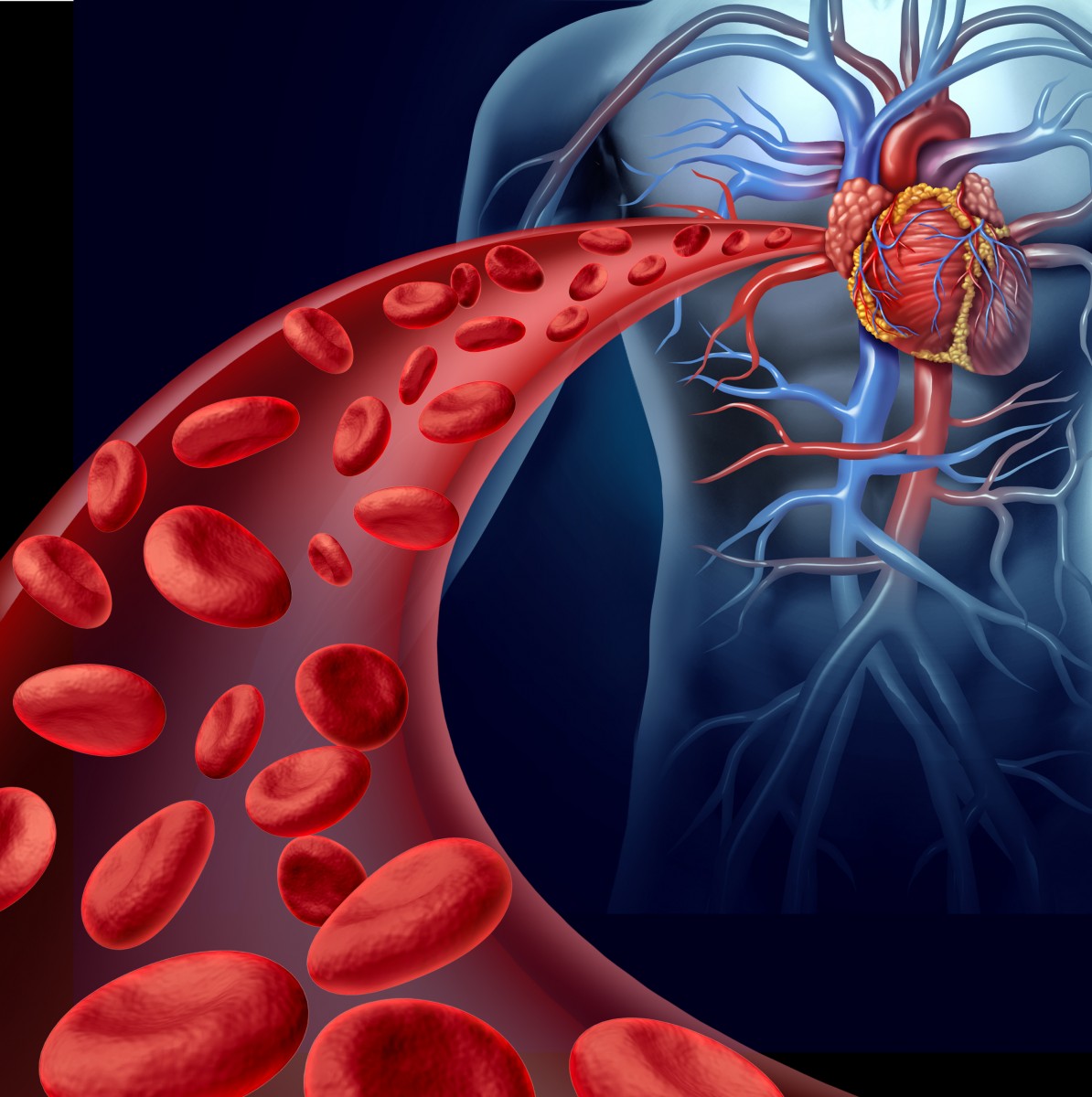Hemophiliacs Improve Quality of Life by Playing Sports, Study Says

Sports and physical activity can benefit people living with hemophilia, according to a recent study.
Researchers in Germany and the United Kingdom investigated to find whether participating in sports can benefit adults with varying degrees of hemophilia severity. The report, “The impact of sport on health status, psychological well-being and physical performance of adults with hemophilia,“ was published May 24 in Hemophilia.
Hemophilia causes incorrect blood clotting and excessive bleeding. Many people with hemophilia also have joint problems related to chronic bleeding. Physical activity could help improve movement in these individuals.
Led by Sylvia von Mackensen of the Institute of Medical Psychology, University Medical Centre Hamburg-Eppendorf, Hamburg, researchers sought to understand how participating in sports could impact the quality of life, psychological health and disease symptoms in people with hemophilia. They studied people with hemophilia at four different hemophilia centers throughout the U.K. and measured health-related quality of life using a standard questionnaire.
The study followed 50 adults, average age 35, with with mild, moderate or severe hemophilia. Most (70%) had hemophilia A; the rest had hemophilia B. The two types are differentiated by the absence of two different blood clotting factors.
Among 64% of the individuals who were overweight or obese based on their body mass index (BMI), 36% reported that they did not participate in sports because of their physical health. The rest reported that they do engage in sports on the average of 1-2 times per week and up to approximately four hours per week.
Not surprisingly, sports activities improved health-related quality of life and that more than four hours a week was significantly better at improving a healthier quality of life than less time or no sport activities at all.
In their study report, the investigators concluded: “Encouraging physical activity and sport in older patients with hemophilia may have a direct impact on their HRQoL; thus, education about sport activity should be incorporated into routine hemophilia care.”
The World Federation of Hemophilia agrees with the findings of the study. Although many people with hemophilia believe that they should avoid sports to prevent bleeding, sports can actually improve health. Because some sports come with more risk of injury or over exertion than others, it is important to weigh the potential risks with the potential benefits of each individual sport. Non-contact sports such as swimming, cycling, and distance walking are better choices overall.






